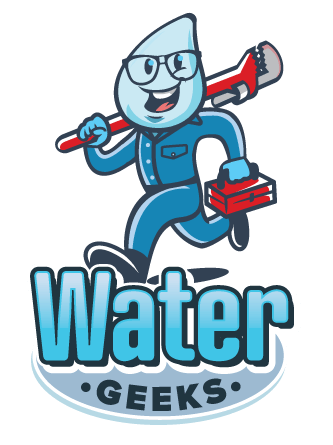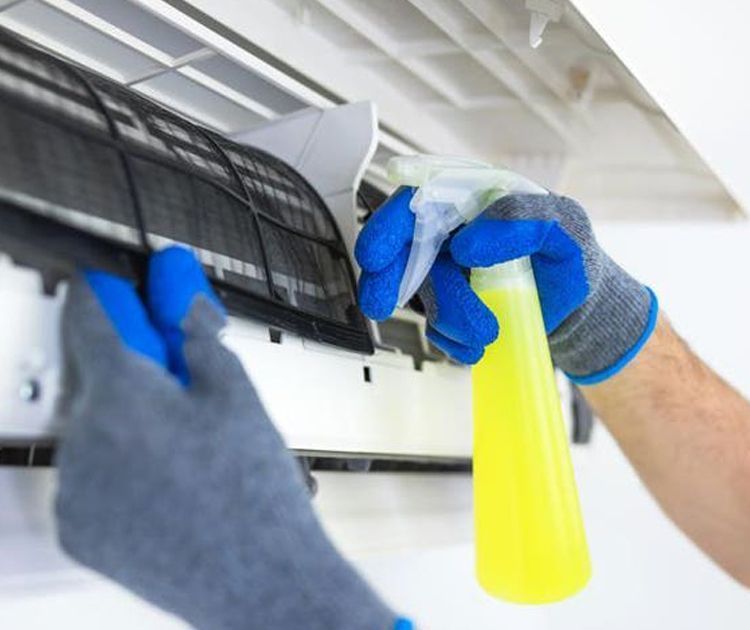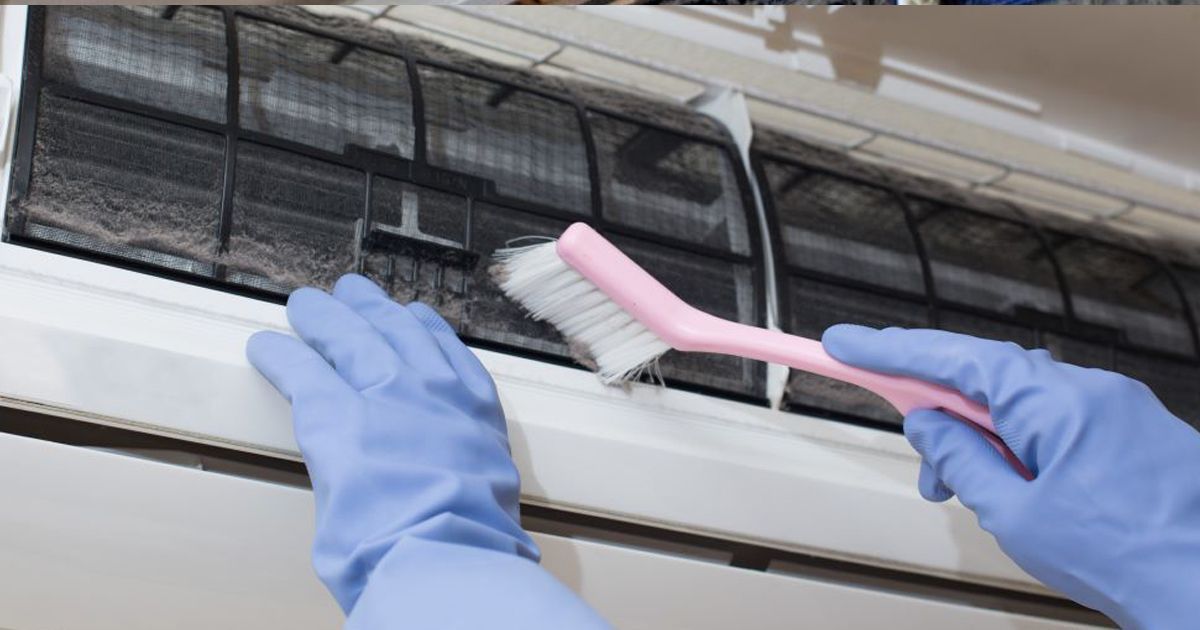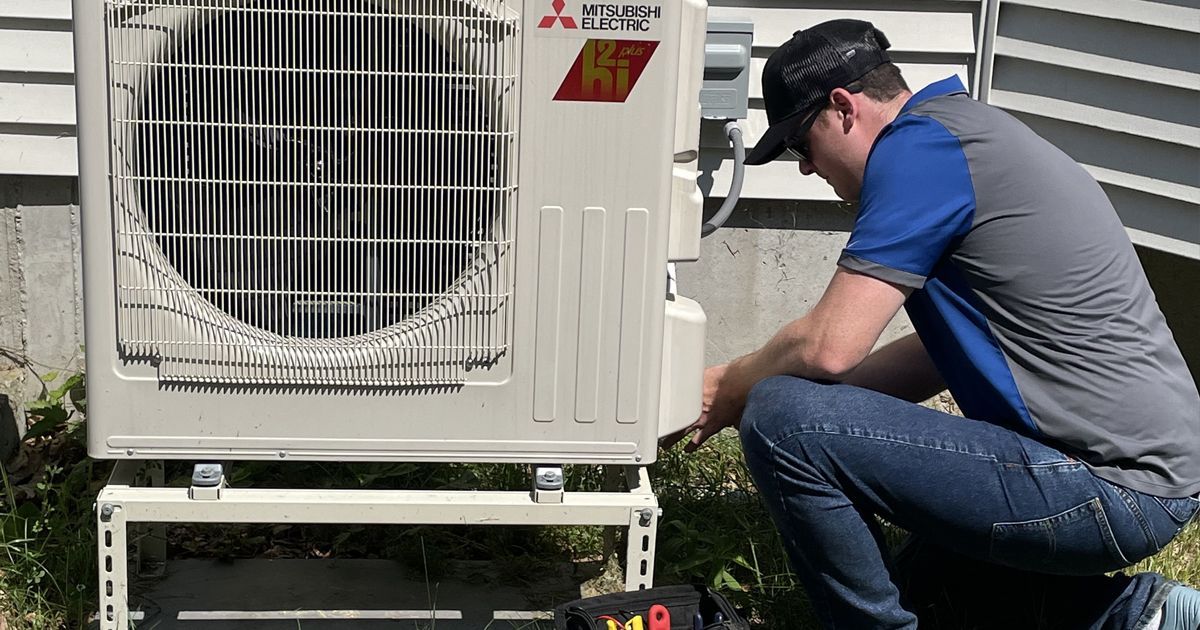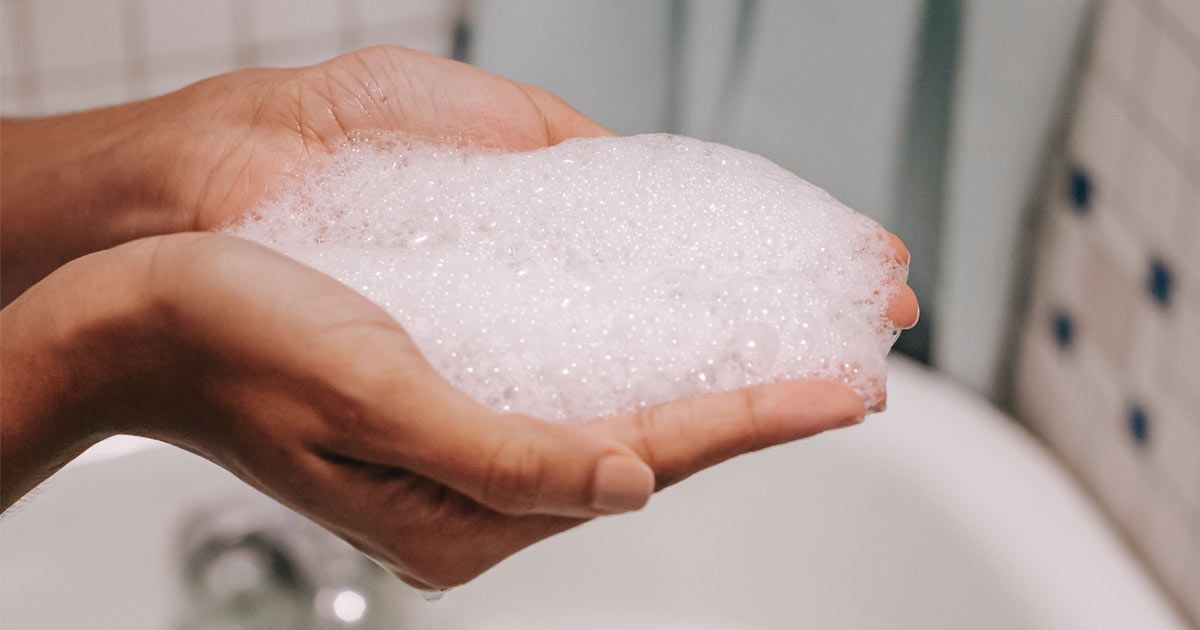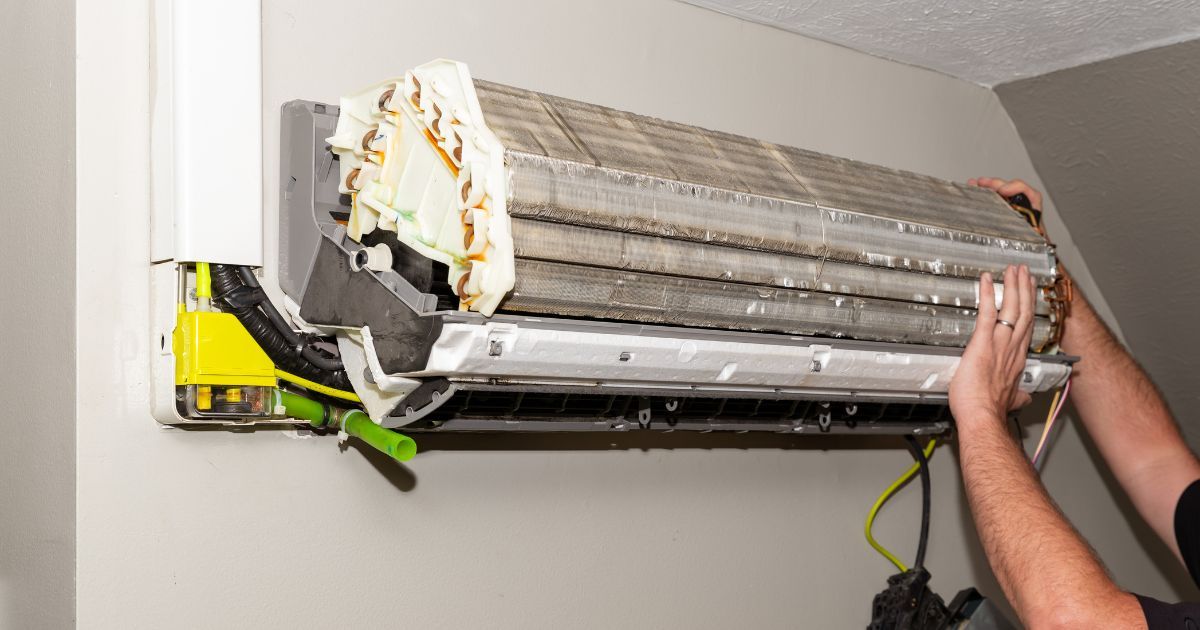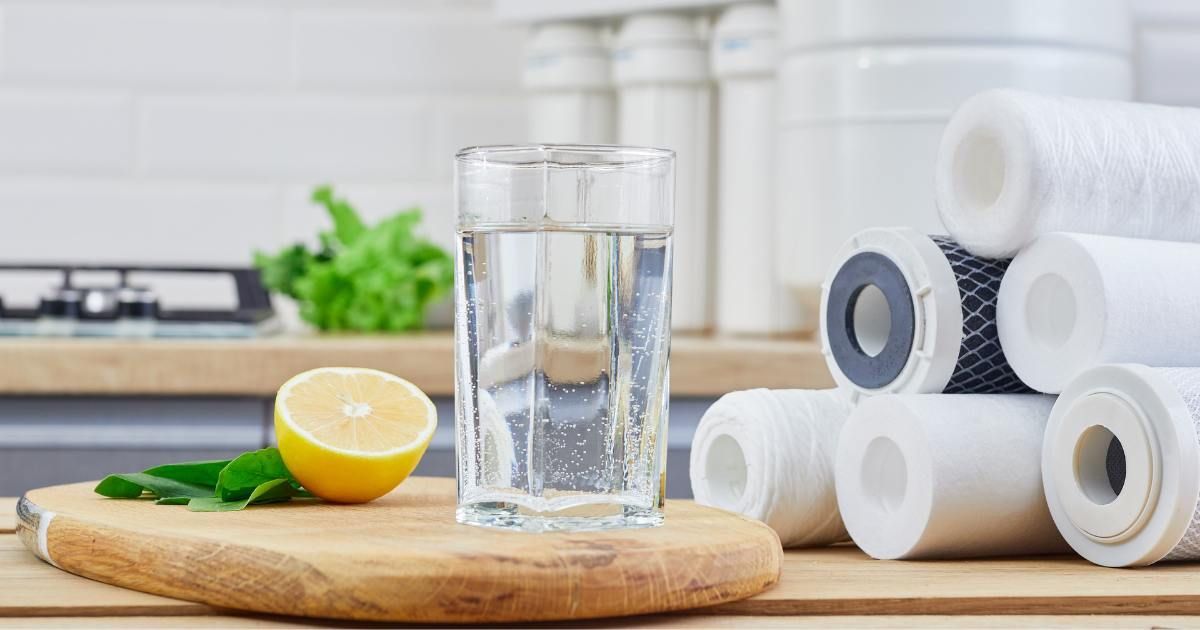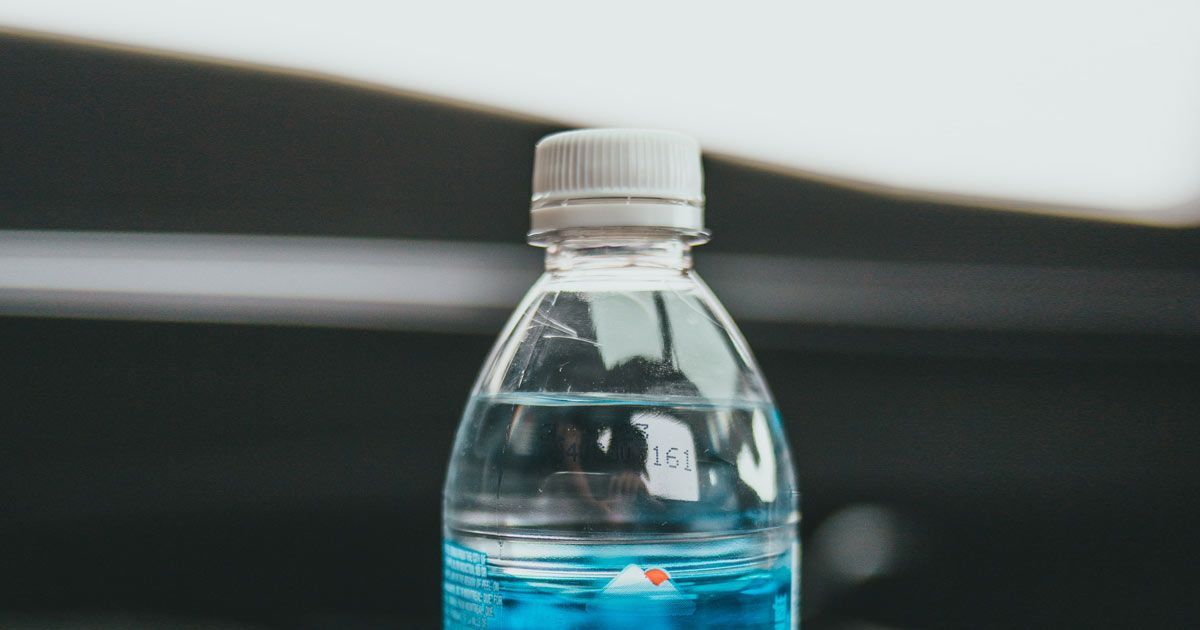Common Water Problems in New England
What water problems do we have in New England?
Different regions across the United States can have various issues with water quality– and the East Coast is no different! New England has its own set of water quality issues that will likely feel all too familiar to most homeowners in the region.
Whether you have well water or access to city/town water, chances are that you might see one or more common problems in your water supply. Your home’s proximity to mountain ranges, salt water, or farms is another major factor that can affect which regional issues will crop up in your water.
Contaminants in tap water are a growing concern for many, especially when it comes to public health concerns, better-tasting, and cleaner water. Many Americans have been turning to bottled water so that they can “trust” what they are drinking, but this is not a healthy or sustainable solution.
Although water treatment systems follow federal regulations, it is still important for homeowners and residents to be educated on common water quality problems in your area. Everyone wants to have confidence that they have access to safe and healthy drinking water, so continue reading to learn more about the top water problems in New England that may be affecting your household:
1. Excess Minerals in Water
Hard water is water that has a high mineral content. It's a natural result of minerals like calcium and magnesium, and it can be present in both well and municipal water. The hardness of water is measured in grains per gallon (gpg) and the consequences of hard water can be tough on your home, your body, and your wallet.
Concerns of hard water in your home:
- Clogged pipes and low water pressure. Increased levels of calcium and magnesium can lead to the buildup of limescale in pipes, faucets, and appliances. This can reduce water flow and cause pipe damage over time.
- Soap scum and reduced cleaning power. Hard water reacts with soap to form soap scum, which can leave a film on your skin, hair, and bathroom surfaces. It also reduces the cleaning power of soap, meaning you'll need more soap to get the same level of cleanliness. It's like trying to wash your hands with a bar of soap made of chalk!
- Stains and spots. Hard water can leave behind unsightly spots and stains on dishes, glassware, and clothing, acting as a constant reminder that your water is working against you, one stain at a time.
- Dry skin and hair: The high mineral content in hard water can strip your skin and hair of its natural oils, leading to dryness and irritation. It's like a never-ending battle between your skin and the hard water army.
- Reduced appliance lifespan and efficiency. The buildup of minerals in appliances like water heaters, washing machines, and dishwashers can reduce their efficiency, leading to higher energy consumption and increased wear and tear.
Solution:
- Water Softener. A water softener is a device that removes the excess minerals from your water, making it "soft." It uses a process called ion exchange, where the hard minerals are swapped for sodium or potassium ions. Installing a water softener is a relatively simple solution that will show immediate results!
2. Chlorination in City/Town Drinking Water
Water chlorination is a common disinfectant treatment in drinking water systems across New England. So much so that many homeowners agree that their drinking water tastes or smells like "pool water.” Municipalities are required by federal regulations to have a certain amount of chlorine in the water to ensure it is being effectively treated for germs and bacteria.
Water chlorination has a bigger impact than just terrible taste, and can create many long term health concerns that can affect public health in our region. These contaminants are called Trihalomethanes (THMs) and Halo Acetic Acid (HAAs).
Concerns with THMs & Halo Acetic Acid Health Consumption:
- Increased risk of cancer, particularly bladder and colon cancer
- Negative effects on the liver, kidney, and central nervous system
- Disruptions to the reproductive system
Solutions for removing THMs and HAAs from Chlorinated Water:
- Active Carbon Filter. This method is quite effective and can remove up to 87% of THMs and HAAs.
- Enpress Pioneer Filter. This special system will help eliminate pesky contaminants in your water such as lead, chlorine, and PFAS. The Enpress Pioneer Filter is certified by the NSF to remove over 97% of lead and PFOS/PFOA from the water.
3. PFAS in Water Supplies
PFAS – or forever chemicals – are now found in all water supplies throughout Massachusetts. Studies have shown that exposure to PFAS may lead to a medley of health issues, such as:
- Increased cholesterol levels
- Negative changes liver, kidney & central nervous system
- Weakened immune system
- Reproductive disruption
- Certain types of cancer
- Developmental issues in infants
Solution:
- PFAS removal resin
- Reverse Osmosis
- Activated Carbon
- Empress Pioneer Filter
4. Low pH Water
Water with a low pH is more acidic than it should be. It can be caused by several factors such as acid rain, soil runoff, and decaying organic matter. Water with a pH less than 6.8 causes significant corrosion of copper piping that can cause leaks or even breakage over time.
Concerns for water with low pH:
- Green or blue staining on sinks, tubs, and fixtures due to dissolved copper from pipes
- Pin-hole leaks in piping distribution systems
- Corrosion and shorter lifespan of water-using appliances (dishwashers, washing machines, etc.)
Solutions for low pH water:
- Acid neutralization
- Corrosion inhibitor
- Aeration
Each of these methods will help to raise the pH, bringing your water back to a more neutral level – as it should be!
5. Iron Abundance in Water
Iron is a naturally occurring element in most soils and can be present in the water in two forms: dissolved (invisible) or suspended as particulates (visible).
Concerns for water with high iron levels:
- Orange or brown staining of sinks, tubs, faucets, appliances, or laundry
- Metallic taste
- Low water pressure
- Plumbing issues and clogging (in extreme cases)
- Increased risk of carrying bacteria
- Dry and itchy skin
- Shortened lifespan of water-using appliances
Solutions for high iron:
- Water softener. One way to reduce iron levels is by using an iron filter or water softener. Water softeners can remove excess iron from your water, leaving you with a fresh, clean taste.
- Oxidation & filtration. Another option is to use a chemical oxidizing agent, like chlorine or hydrogen peroxide, to convert the iron into a solid form that can be filtered out.
6. High Manganese Levels in Water
High manganese levels in water can be caused by a variety of natural (rocks and soil) or man-made (mining and industrial processes) factors. Manganese is a naturally occurring mineral that is harmless at low levels, although it can be potentially toxic at high levels.
Concerns for water with high manganese:
- Water has brown coloring
- Unpleasant odor or taste
- Stains fixtures, laundry, or appliances brownish-black
- Health risk at high enough levels, particularly for children
- Can cause scaling and other plumbing issues
- Will react with chlorine bleach, which intensifies staining
Solution
High manganese levels in water involve a few different approaches.
- Water treatment system to remove the excess manganese.
- Find an alternative water source, like a well or a spring, that has lower manganese levels.
Other Contaminants in Water
Relying on smell, look, or taste for detecting potential contaminants can be dangerous for homeowners because there are many contaminants we can't detect with the senses.
This is particularly important to note because New England can often see higher levels of arsenic or lead in our water supplies. A lot of towns in the Northeast region were built before WW1, which means they have older piping and infrastructure. Unfortunately, this old piping hasn't all been replaced, and can therefore can leach dangerous chemicals (like lead) into our water supply.
Here is a list of additional contaminants that can be found in our drinking water:
Arsenic. Arsenic can find its way into your water through natural or man-made sources. To get rid of it, you can use an arsenic removal system or switch to a different water source if that’s an option.
Uranium. This radioactive element can be found in rocks and soil, and it can also come from mining and milling operations. To remove it, you can use an ion exchange or reverse osmosis system.
Radon. This noble gas is formed naturally when uranium and thorium decay in the ground. To get rid of it, you can employ aeration techniques or GAC treatment.
Nitrates. These compounds can come from fertilizers, animal waste, and human sewage. To remove them from your water, you can use ion exchange or reverse osmosis.
Tannins: These organic compounds can come from decaying plant matter and can give your water a yellowish color and a bitter taste. To remove them, you can use activated carbon or ion exchange.
Excess Sodium: This can come from natural sources or from human activities like water softeners and road salt. If you live along the coast in the Northeast, high levels of sodium can seep into drinking water from the ocean. To remove it, you can use reverse osmosis or distillation.
The Solution to Water Quality Issues in New England
We can all agree that contaminants in tap water are something to be aware of and avoid. Although it may seem like a go-to answer, single-serve water bottles are not the solution! Access to fresh water will be vital to long-term health, and fortunately there are solutions available for safer water.
The best way to address these issues is to install a whole home water filtration system. This can help provide safer water, avoid potential contaminants, remove pesky chemicals, solve for hard water, and more.
Depending on the results of your water test, you might need a reverse osmosis system, a water softener system, or a whole house chemical, lead, and PFAS removal system.
Want to know what common New England water problems your house might have? Schedule your water test today and find which custom solution can provide you with better-tasting, cleaner water for the long term!
